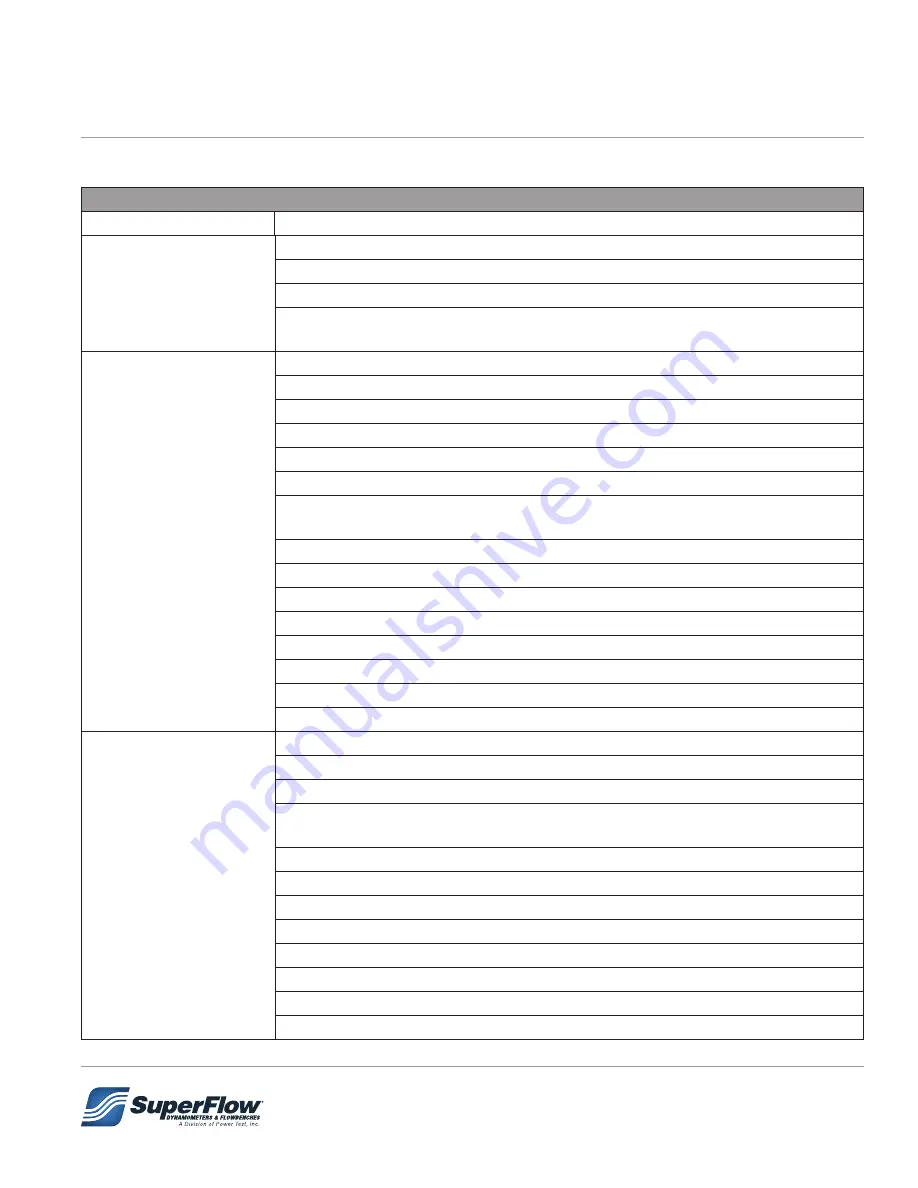
73
The troubleshooting tips in the following table may also help diagnose a servo valve or absorber problems.
Troubleshooting Chart
Symptom
Possible Cause
Absorber does not load •
Insufficient water supply
• Servo Valve spool loose or incorrectly indexed
• Absorber rotor or stator bad
•
Normal condition: No water will flow through the PM absorber in NORMAL
configuration, unless the engine RPM >500
Control unstable
(manual mode)
• Engine not running smoothly
• Severe ignition noise
•
Insufficient water supply
• Capacity of absorber exceeded
• Servo Valve spool loose or incorrectly indexed
•
Too much water flowing through the absorber
○
Check
ValPos
value and
ServIn
position when controlling to EngSpd.
Typical
ValPos
range is from 1 to 5.
○
Optimum
ServIn
position is 60-80% for start RPM setpoint
▪
Too low =
ValPos
too high, decrease
ValPos
▪
Too high =
ValPos
too low, increase
ValPos
• Water pressure too high or low
○
Optimum pressure setting is between 50-80 psig
• Water backing up in outlet port of absorber or horn-of-plenty
○ This creates backpressure on the system and affects control
• Check inlet/outlet water temp delta T; optimum delta T is 60-100 degrees F
Control unstable
(EngSpd mode); RPM
rate inconsistent with
selected rate
• Check in Manual mode for control problems
•
PID control parameters incorrect; load correct file (.ccp)
•
Too much water flowing through the absorber
○
Check
ValPos
value and
ServIn
position when controlling to EngSpd.
Typical
ValPos
range is from 1 - 5.
○
Optimum
ServIn
position is 60-80% for start RPM setpoint
▪
Too low =
ValPos
too high, decrease
ValPos
▪
Too high =
ValPos
too low, increase
ValPos
• Water pressure too high or low
○
Optimum pressure setting is between 50-80 psig
• Water backing up in outlet port of absorber or horn-of-plenty
○ This creates backpressure on the system and affects control
• Electronics failure in sensor box
7.0 Troubleshooting



































